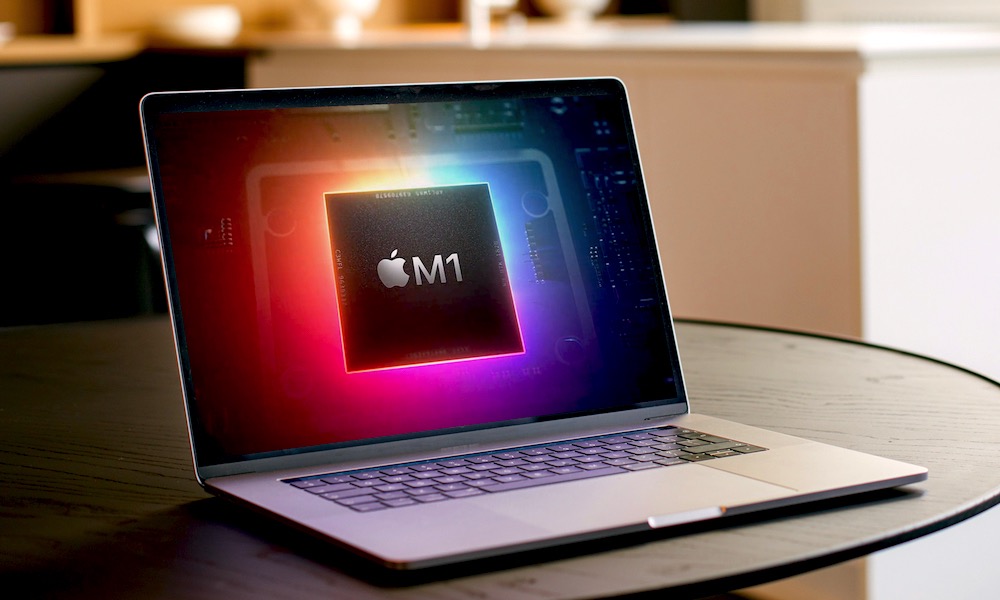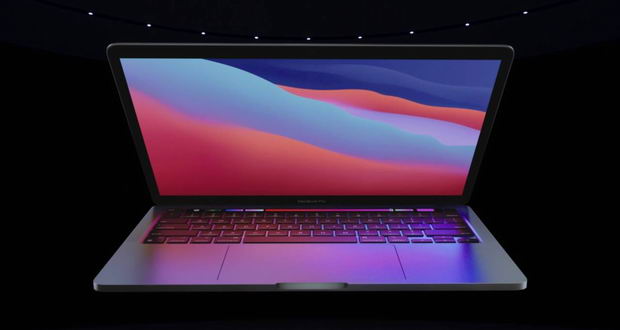
When the M1 machines launched, and soon thereafter the web was mostly focused on using them for graphically intensive tasks, such as video, photography editing or 3D rendering. Motion graphics pros, stop and think for a second… I very much suspected this would be the case, RAM after all plays a crucial part in any computer’s ability to perform, and the less you have, the more limited it will be.

I think it’s suffice to say that if you want to do professional software development at any level higher than simple, vanilla HTML, CSS, JS websites, you should be opting for 16GB of RAM. To compare, I ran the app on my 2.5 years old 15" Intel MacBook Pro with 16GB of RAM, and there was no stuttering. Some might call it nit-picking, but I think if you want to emulate your apps and get buttery-smooth UX, you will need the 16GB of RAM. Apple’s SSDs are fast, but they’re no substitute for RAM. Looking at the iStatistica Pro dashboard, my educated guess is that the choppiness comes from the OS copying back and forth between swap memory and RAM. Running the iOS emulators while works fine and boots the devices quite quickly, those 8GB of RAM will result in occasionally choppy UX in the emulator. It involved a bit of a learning-curve, but in hindsight, regardless of how much I still love Android Studio for Flutter development, VSCode offered a pretty comparable experience. For starters I had to move my Flutter development to VSCode. Having said that, I did have to work around a few issues, and some never got solved. For about 6 out of the 9 months I 100% moved to Apple’s new silicon and I didn’t feel the need to move back to my 15" Intel Pro. There is nothing inherently wrong with the base M1 Pro, and while as an early adopter, for a while, I had to put up with beta software, early and poor attempts at “M1 optimisation”, ultimately I managed to get the job done, and I never really felt hindered by the hardware. Software Developers - you’ll want to read this…

No relationship is perfect, and that includes technology too.Īs a quick context for those who have not read my previous article on the topic, I purchased the M1 Pro, base model with 8GB of RAM as a rare attempt to prove or disprove that one can replace a 15" Pro (with 16GB of RAM) with the new 13" M1 Pro, because in theory, on paper one should be able to do that - for the most part anyway.

Make no mistake - I still believe that Apple has made a big leap forward in terms of technology, and it’s again at the forefront of innovation, but as with everything, the novelty wears off, the cracks start to show and you end up revising your own view on the matter. Or, maybe more like… evolved into something that I suspected might happen over time, whether I wanted it or not.


 0 kommentar(er)
0 kommentar(er)
